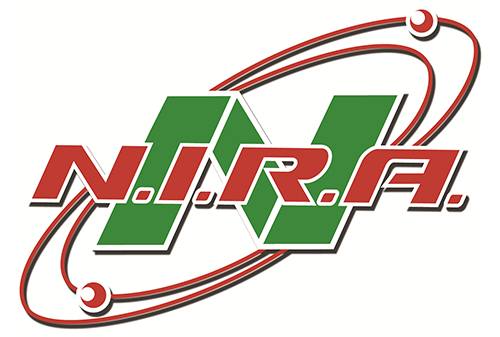Our main solutions
1. LEL Monitoring
LEL Monitoring System is an analytical system able to check the flammable solvent concentrations.
The flammable proprierties of the solvents and the high temperatures can create dangerous risks of explosion. In order to avoid these conditions, the concentration must be checked by a LEL monitoring system and kept below the limit of explosion.
Infrared (IR) LEL Monitoring Systems. The sample gas passes through a measurement cell (optical path).The infrared light emitted is absorbed by the sample gas and then it gets caught by a receiver. The intensity difference, between the Infrared light emitted by the source and the Infrared light caught by the receiver, is directly proportional to the solvent concentration inside the sample gas analyzed. Our Infrared sensors are the only sensors completely calibration free and they don’t require any further in-field recalibration during their entire life cycle.
Flame Ionization Detector (FID) LEL Monitoring Systems. Through the combustion of the flame between clean air, hydrogen and sample gas, the FID create hydrocarbons ions. These ions are captured by a small metallic web located around the flame inducing a electrical current. This electrical current is directly proportional to the idrocarbons concentration inside the sample gas. The Flame Ionization Detector (FID) is considered the fastest, more precise and more reliable sensor on the market.
Automatic Air Recirculation Control Systems. Through our LEL monitoring systems and our the Automatic Air Recirculation Control Systems, we are able to recycle up to 90% of the hot air in discharge. The recycling of this hot air reduce the air flow allowing profitable energy savings and the downsizing of air treatment plants.
2. Air Treatment Plants. VOC Monitoring
Flame Ionization Detector (FID) Emission Monitoring Systems.
In case of Solvent Recovery Plant (SRP), the flow rate coming from the production lines, defines the numbers of the activated carbon adsorbers, while the solvent concentration determines the energy consumption required to recover each kg of solvent.
In case of Regenerative Thermal Oxidizers (RTO), the flow rate of the air, coming from the production lines, defines the dimension of the systems while the solvent concentration determines the natural gas consumption required for the burner.
LEARN MORE – SRPs LEARN MORE – RTOs
3. Residual Solvent in Flexible Packaging
Fast Residual Solvent Analyzer.
Finished printed products of all types must be analyzed to determine residual solvent levels to detect and avoid potential waste. A specialized Gas Chromatograph can be implemented at this point of the process in order to check all printed materials and quickly provide an analysis of residual solvent levels.
